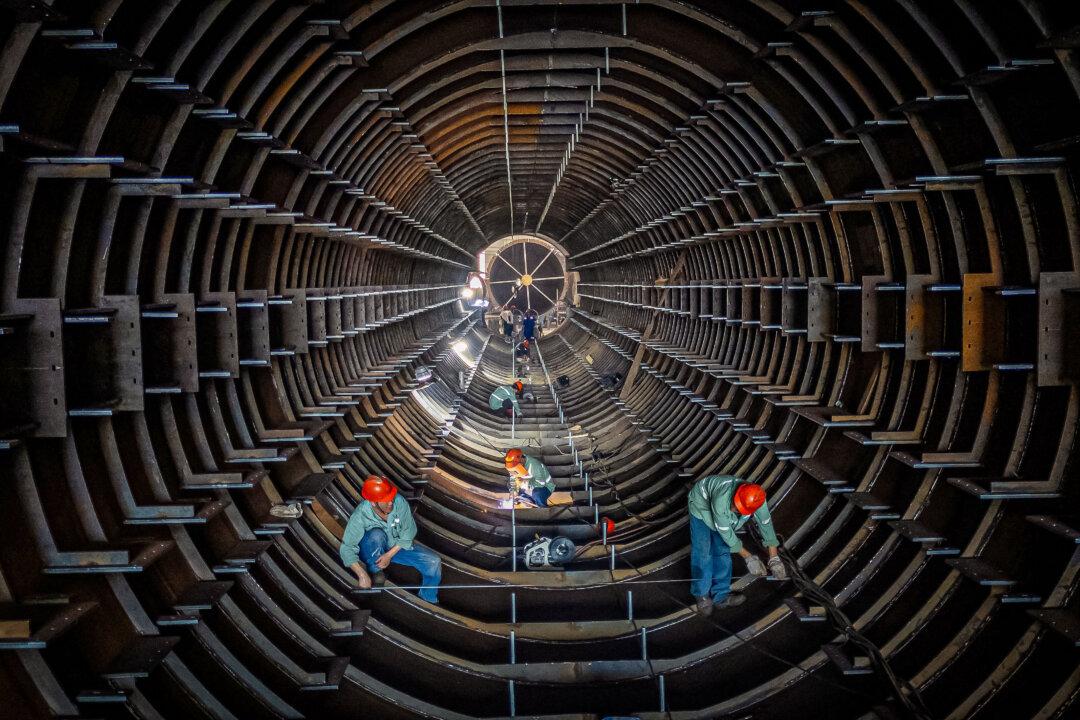China’s steel industry is facing a reckoning amid overcapacity, reduced domestic demand, and global resistance to Chinese dumping. Insiders say the sector needs to remove 20 to 30 percent of its current capacity.
Powered by the property market, which accounts for about 30 percent of domestic steel consumption, 28 out of 34 provinces and equivalent administrative divisions currently produce steel. But the industry is being dragged along as the property sector deals with its own issues of excess.




